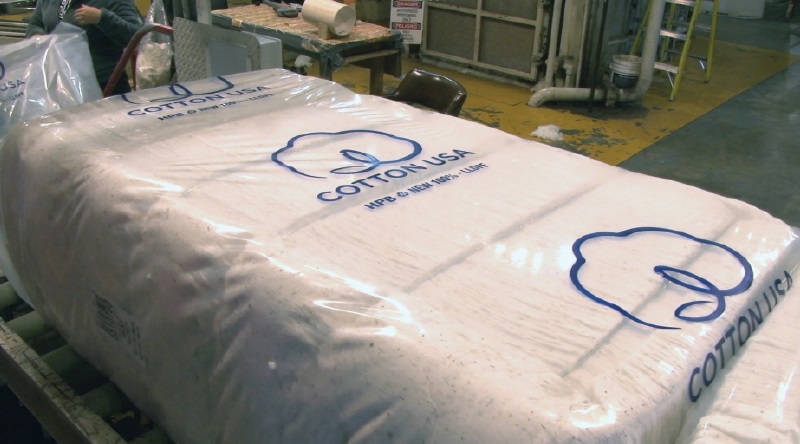Prices Hold Steady as Cotton Demand Loses Some Luster
Cotton prices found a new life of contract high early in the week, traded to a high of 119.47, and spent the remainder of the period attempting – somewhat successfully – to establish the 117-cent mark as a new price support level. Yet, it does not appear that such a support level has been clearly established. Thus, trading back down to 115 cents can still be expected.
The climb above 119 cents has set the market’s sights on 125 cents and the 125-135 cent range. Yet, fundamental analysis has uncovered conflicting signals in the market whose higher and higher climb had been well supported across all fundamental measures. The very-very strong bullish signal produced by the March/May/July on-call sales versus on-call purchases ratio of 8:1 remains squarely in favor of higher prices, and I think will successfully push the market a bit higher.
However, the export market continues to falter and demonstrated extreme weakness this week. Too, in spite of yarn prices holding firm, more and more verbal expressions of yarn price weakness due to increasing use of polyester in lieu of cotton is coming from Asian and sub-continent textile mills.
Remembering last week’s implication that “The Trend is Your Friend,” we should see cotton prices rise a bit further. However, now that the acid inflicted and unstainable word “polyester” has entered the picture, cotton demand is losing some of its luster as the fiber of choice.
Let’s stay with the trend. But I do admit to being nervous, despite the fact that the on-call sales/purchases ratio is as bullish as can be.
USDA will release its November supply demand report on Nov. 9, at 11 am Central time. I think the U.S. crop will be within 200,000 bales of USDA’s October estimate of 18 million bales. I think the crop will be slightly smaller due to lighter weight bolls and some low temperature damage. However, current varieties seem to never disappoint and always make more than is estimated. The marketing year is just three months old, but exports are tracking some 1.1 million bales behind the prior year’s pace. The shipping woes show no signs of improving, and cotton shipments are behind the eight ball.
The weekly export sales reports have been lagging for two months, and this week’s report was as weak as I can ever remember. Weekly net sales of upland were only 139,100 bales, and sales were made to only 13 countries. Turkey, China, India, Vietnam, and Peru were primary buyers, with China taking 75,200 bales and India some 24,300 bales. Shipments totaled 141,900 bales of upland, with China and Mexico being the primary destinations.
It is very reasonable to think USDA could lower its projection for USDA 2021-22 exports from its current estimate of 15.5 million bales down to 15.2 million bales. Should demand be lowered that much, the demand impact could limit the rosy-rosy price ride cotton has enjoyed. I sense the market is a bit of a teeter totter, but until more cotton can move, price deterioration will be very limited.
The strength of the on-call report lies within the fact that the price of some 14,651,800 bales of on-call sales must be fixed versus on-call purchases of only 1,836,600 bales. These fixations are on the March/May/July contracts. The first notice day for the December is just 11 trading days away, and there are 3,142,900 bales that must be fixed on the December contract or rolled forward. However, on-call purchases against those bales total 1,039,600 bales – a ratio of only 3:1, neither bullish nor bearish for the very short term.
Likely the market is looking to the USDA November report for price direction. The Cotton Market Roundtable panel will discuss the report on release day – Nov. 9 at 1:30 Central time. Here are the program details.
Never bet against the trend.
Give a gift of cotton today.








